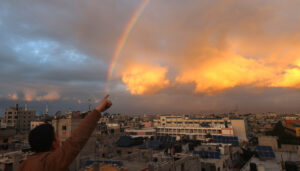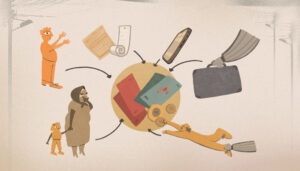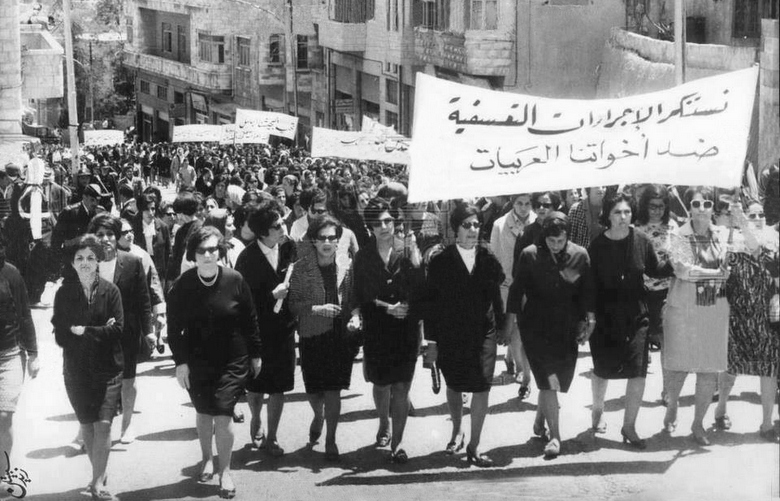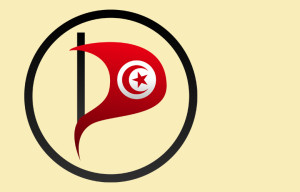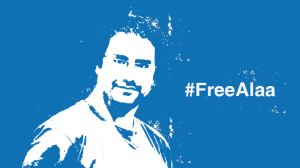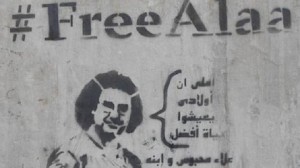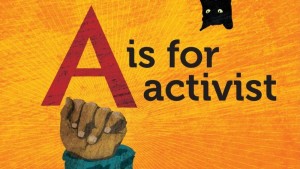By Dr. Rana Hajjeh and Dr. Najwa Khuri-Bulos
This week in Amman, leaders from across the Arab world are meeting to focus attention on an all-too-often ignored subject: childhood vaccines. For more than a century, vaccines have proven to be one of the world’s most effective public health tools. Yet, despite the Arab region’s advances in healthcare many Arab countries have fallen behind in achieving the goal of universal vaccination.
Arab countries share a common culture and language – but there is a huge chasm when it comes to providing childhood vaccines. Some relatively wealthy countries provide an array of vaccines to all children, while poorer countries are often unable to reach every child with even basic vaccines. Because diseases do not respect international boundaries, this gap threatens all of us.
More than most other parts of the globe, the Arab world is interconnected. Workers, tourists, and refugees travel frequently across borders, allowing health problems in one country to quickly spread to another. Therefore, when one Arab nation has universal vaccination but the neighbor country does not, many citizens are put at risk for contracting easily preventable diseases.
To address these problems, Arab countries must better coordinate immunization programs and ensure that the broadest possible package of vaccines is available to all children. Successful vaccines have already eliminated smallpox, and within a few years, the world may also finally eliminate polio and measles. New vaccines have been developed against diseases such as Hib, pneumococcal, rotaviral diarrhea, HPV, hepatitis A and meningococcal disease, giving us even more tools to protect our children.
Though pediatricians obviously recognize the value of these vaccines, even important vaccines that have been available for many years have not yet made their way into routine immunization programs in some Arab countries. One key challenge is that the cost of newer vaccines is often higher than that of older ones. This problem is acute in middle income countries who find themselves neither rich enough to finance a national vaccine program nor poor enough to receive international donor support for vaccines.
A typical example of this financing gap is the shortfall in providing children with the vaccine against Haemophilus influenzae type B (Hib), a bacterium that causes life-threatening pneumonia and meningitis in children, and for which a safe and effective vaccine has been available in most countries for about 20 years. In 2002 the Egyptian Ministry of Health estimated that vaccinating against Hib could prevent more than 13,000 hospitalizations and save more than 1,900 lives each year. The Ministry of Health also found that providing Hib vaccine would save the government money by preventing disease.
Yet Egypt, which has a proud record of reducing childhood deaths by 60 percent over the past 15 years, has been unable to move forward on adopting Hib vaccine like other Arab neighbors, despite a call from the World Health Organization for all countries to adopt the Hib vaccine. Sadly, this is just one of many examples. Many Arab countries have not yet made vaccines against pneumococcus available to children despite the fact that they have been ready since 2000.
Many of the most difficult challenges in providing widespread immunization are being overcome by innovation. For years, countries have found it difficult to transport and deliver the many different shots needed to fully immunize children. But today, advanced combination vaccines allow vaccines for diseases such as diphtheria, tetanus, pertussis, hepatitis B and Hib to be put together in just one full liquid, ready to use injection. These new combination vaccines make it much easier for countries to rapidly expand access to immunization.
Another common challenge is finding financing for vaccines. As the Arab world works together to increase access to immunization, one possible idea is to develop a regional financing mechanism. This type of regional cooperation has a long history in other regions of the world. For example, in Latin America, the Pan American Health Organization has created a “Revolving Fund” that pools money from countries in order to finance immunization across the region.
Despite the many obstacles blocking our path, it is crucial that all Arab countries work together to increase access to childhood immunization. This week in Jordan, scientists, public health experts, policymakers, advocates, and many others are meeting to begin the process of developing a truly regional response to this immense challenge. By working together, we can do more to protect the health of our children and improve their chances for a healthy and productive life.
Rana A. Hajjeh, MD is director of the Hib Initiative, an international vaccine institution at the Johns Hopkins Bloomberg School of Public Health in the United States. Najwa Khuri-Bulos is Professor and Chairman of the Department of Pediatrics at the Jordan University Hospital in Amman, and is the lead organizer of the vaccine conference this week in Amman.
